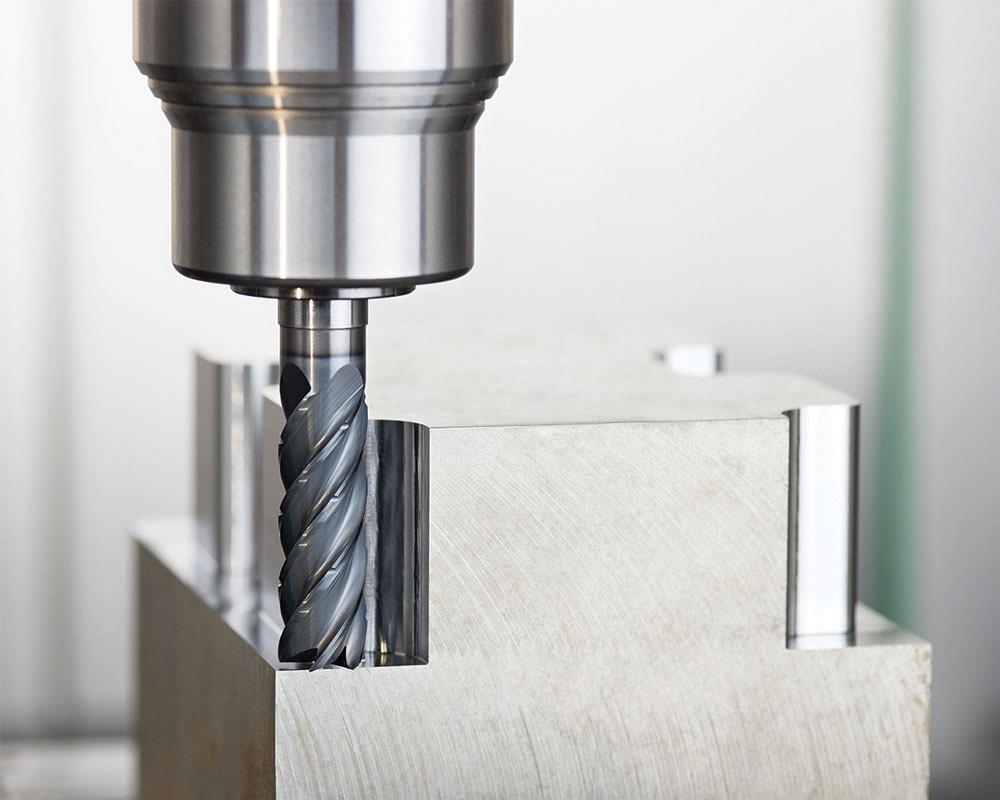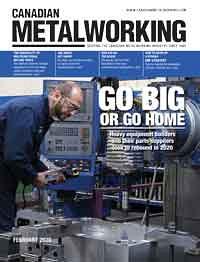- FMA
- The Fabricator
- FABTECH
- Canadian Metalworking
Fast Facts: The advantages of using multifunctional milling tools
Emuge's Dan Doiron explains how shops can benefit from opting for a multifunctional milling tool
- February 21, 2020
- Article
- Cutting Tools
Dan Doiron, milling product manager, Emuge Corp., West Boylston, Mass., explains how shops can benefit from opting for a multifunctional milling tool.
Canadian Metalworking: What are the advantages of using multifunctional tools?
Dan Doiron: When it comes to defining multifunctional milling tools, it is difficult because all milling tools are multifunctional. Our Emuge general-purpose end mill, designed as a finishing/roughing mill, is universal in all material applications. CAD/CAM systems have transformed most tools into a high-efficiency milling (HEM) tool, making a general tool a high-end tool.
For a small shop producing parts of low-volume quantities along with different materials and running different parts all the time, this is a great value. The general idea for HEM is to utilize as much of the flute length as possible and take light radial passes at a much faster feed rate than the traditional way.
CM: What are the disadvantages of using multifunctional tools?
Doiron: I think the biggest disadvantage is not having one. Every shop should have one, especially when a new project enters the shop. These are opportunities to implement new strategies and explore different manufacturing practices. Shops should revisit those legacy parts that have been in production for several years to take the time and go through each process and compare the tooling to what is available currently. Tooling technology is always advancing and improving. Sometimes it can be something as simple as a new coating being introduced.
Emuge Corp., www.emuge.com
For more on this topic check out our latest article The versatility of multifunctional tools.
Related Companies
subscribe now


Keep up to date with the latest news, events, and technology for all things metal from our pair of monthly magazines written specifically for Canadian manufacturers!
Start Your Free Subscription- Trending Articles
Automating additive manufacturing

Sustainability Analyzer Tool helps users measure and reduce carbon footprint

Sandvik Coromant hosts workforce development event empowering young women in manufacturing

GF Machining Solutions names managing director and head of market region North and Central Americas

Mitutoyo updates its end-user portal

- Industry Events
CTMA Economic Uncertainty: Helping You Navigate Kitchener Seminar
- May 2, 2024
- Kitchener, ON Canada
Automate 2024
- May 6 - 9, 2024
- Chicago, IL
ANCA Open House
- May 7 - 8, 2024
- Wixom, MI
17th annual Joint Open House
- May 8 - 9, 2024
- Oakville and Mississauga, ON Canada
MME Saskatoon
- May 28, 2024
- Saskatoon, SK Canada
















